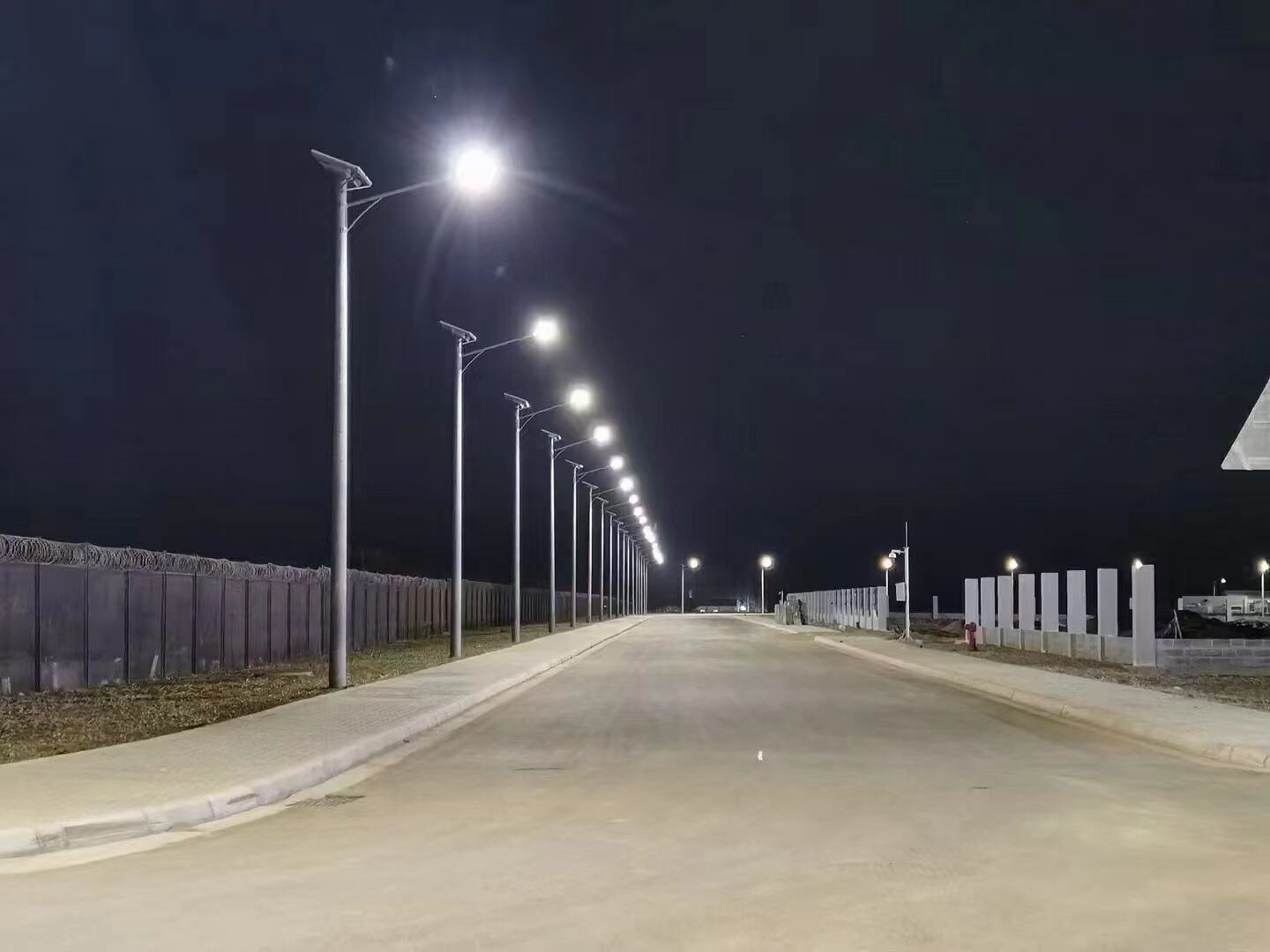What are the advantages and disadvantages of solar street lights

Solar street lights offer several advantages and disadvantages. Here are some of the key points to consider:
Advantages of Solar Street Lights:
Energy Efficiency: Solar street lights utilize renewable solar energy, reducing reliance on traditional electricity sources and contributing to environmental sustainability.
Cost Savings: Once installed, solar street lights operate with minimal energy costs since they draw power from the sun. This can lead to significant long-term cost savings, especially in comparison to traditional grid-powered street lights.
Easy Installation: Solar street lights are relatively easy to install since they do not require extensive wiring or connections to the electrical grid. This can result in reduced installation time and costs.
Independent Operation: Solar street lights operate independently, as they do not rely on the electrical grid. This makes them suitable for remote or off-grid areas where traditional infrastructure may not be readily available.
Low Maintenance: Solar street lights generally require minimal maintenance since they have fewer components and no electrical connections. Routine inspections, cleaning solar panels, and battery replacements are typically sufficient for maintenance.
Environmental Impact: Solar street lights help reduce carbon emissions and environmental pollution since they rely on clean and renewable solar energy.
Disadvantages of Solar Street Lights:
Initial Cost: The upfront cost of purchasing and installing solar street lights is higher compared to traditional grid-powered street lights. However, the long-term operational cost savings can offset this initial investment over time.
Weather Dependency: Solar street lights rely on sunlight to generate electricity, which means their performance can be affected by weather conditions. In areas with limited sunlight or during cloudy days, the charging efficiency may be reduced, potentially impacting the light output and duration.
Limited Battery Capacity: The battery capacity of solar street lights is limited and needs to be carefully sized to ensure sufficient energy storage for the desired lighting duration. Inadequate battery capacity may result in reduced performance during extended periods of cloudy weather.
Light Output: Solar street lights may have lower light output compared to traditional grid-powered street lights. While advancements in LED technology have improved brightness levels, it is important to carefully select solar street lights that meet the required illumination standards for the specific application.
Placement Considerations: Solar street lights require proper placement to ensure optimal exposure to sunlight throughout the day. Obstructions such as tall buildings, trees, or shading can affect the charging efficiency and overall performance of the lights.
Lifespan of Components: Components such as batteries and LED bulbs have a limited lifespan and will require replacement over time. It is important to choose high-quality components and ensure proper maintenance to maximize the lifespan of the solar street lights.Considering these advantages and disadvantages will help you make an informed decision about whether solar street lights are suitable for your specific project requirements and conditions.

 EN
EN







































